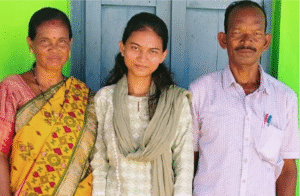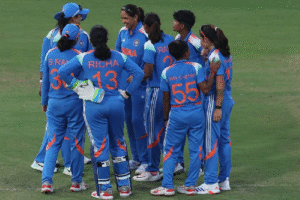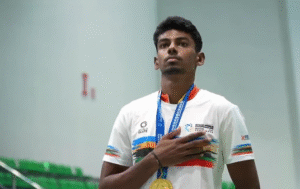Sawai Jai Singh II and His Astronomical Observatories (1719–1737)
1. Visionary Astronomer-King
Sawai Jai Singh II (1686–1743), the Maharaja of Amber (now Jaipur, Rajasthan), was a pioneer in Indian astronomy.
He was one of the first rulers globally to build a network of observatories for precise astronomical measurements.
2. Chain of Astronomical Observatories
Between 1719 and 1737, he established five grand observatories in:
Delhi (Jantar Mantar, 1724)
Jaipur (Jantar Mantar, 1734)
Varanasi
Mathura (now lost)
Ujjain
3. Purpose and Achievements
His observatories were designed for precise celestial measurements, improving upon European astronomical data.
He built large-scale stone instruments, such as:
Samrat Yantra (giant sundial)
Ram Yantra (measuring the altitude of celestial objects)
Jai Prakash Yantra (mapping celestial positions)
His Jaipur Jantar Mantar remains the largest and best-preserved among them.
4. Legacy
Jai Singh’s observatories combined Indian and Islamic astronomy with European influences.
The Jantar Mantar in Jaipur is now a UNESCO World Heritage Site.
His efforts revived interest in precise astronomical observations in India.
Sawai Jai Singh II was not just a ruler but a scientific visionary who advanced astronomical knowledge in India and beyond!







